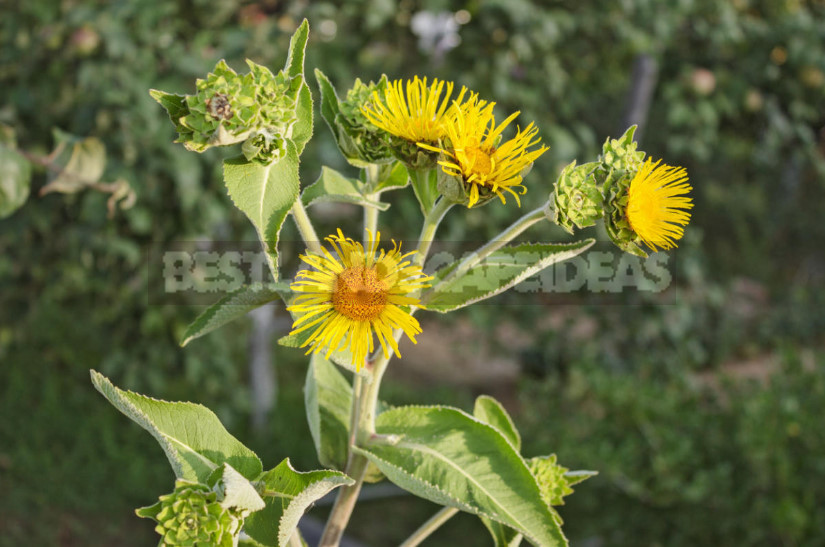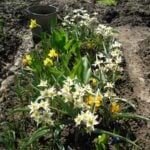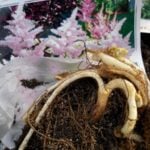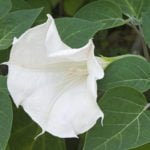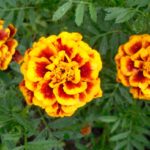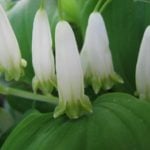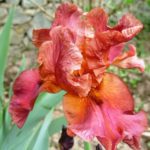First: for the unique healing properties of folk medicine valued Inula in ancient times. Second: later this plant was used in the food and alcoholic beverage industries as a natural flavor and dye. Third: with the active development of landscape design on the Inula looked on the other hand – as a spectacular perennial plant that can create a unique accent in the garden and do not require in return almost no care.
This Sunny flower belongs to the Asteraceae family. The genus consists of more than 100 species native to the wild.
Plant description
Typical and most common type – inula helenium: powerful erect stems of this culture sometimes reach a height of 2.5 m. Basal oblong leaves are very large and grow up to 50 cm in length and 20 cm in width. Stem leaf plates have a smaller size and are arranged on the shoots in the next order. The entire terrestrial part of the plant has a characteristic feature: both the stem and leaves are covered with hard pubescence, which is well felt to the touch.
This appearance gives inula an advantage over other “gentle” cultures: it is almost never affected by pests and diseases and endures weather disasters. And with the appearance on the Bush of delicious solar inflorescences, reaching a diameter of 6-8 cm and resembling miniature yellow sunflowers, Inula immediately transformed and discards its strict image.
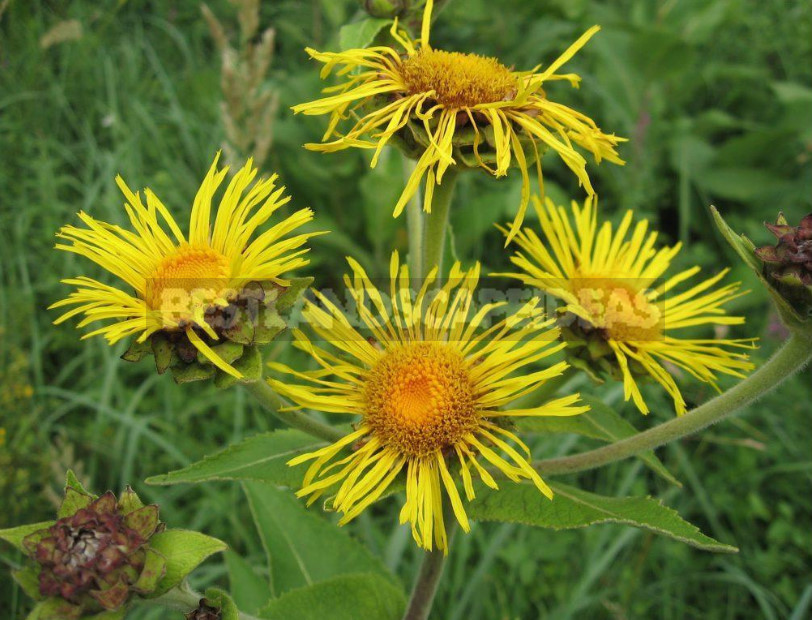
Flowering of this culture begins in July and lasts about a month: the first flower baskets bloom, located on the tops of the main stems, and then pick up the baton of inflorescences formed on the side shoots. Unlike sunflowers, they are completely painted in a bright Golden color, have the same convex middle, made up of many small tubular flowers, but differ in long filamentous petals, giving Inula a special charm.
Due to its tallness Inula will look spectacular in the background of the flower garden and emphasize its beauty the overall picture of the landscape. It is great for solitary planting in the garden, creating vertical emphasis and becoming in the period of its flowering the centre of attention.
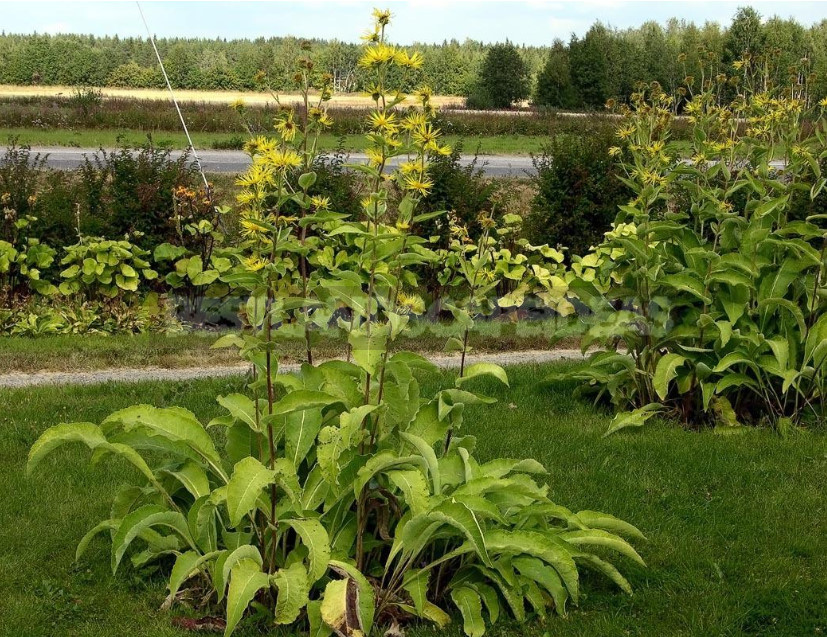
In addition, gardeners who have decided to get such a bright perennial can not only decorate your home plot, but also to get additional benefits from the plant. After 2-3 years after planting, you can start to harvest valuable medicinal raw materials-fleshy odorous rhizomes Inula, which will be indispensable for the prevention and treatment of a wide variety of ailments. A decoction is used in inflammatory diseases of the intestine and stomach, in case of problems with liver and kidneys and also as a vermifuge and diuretic.
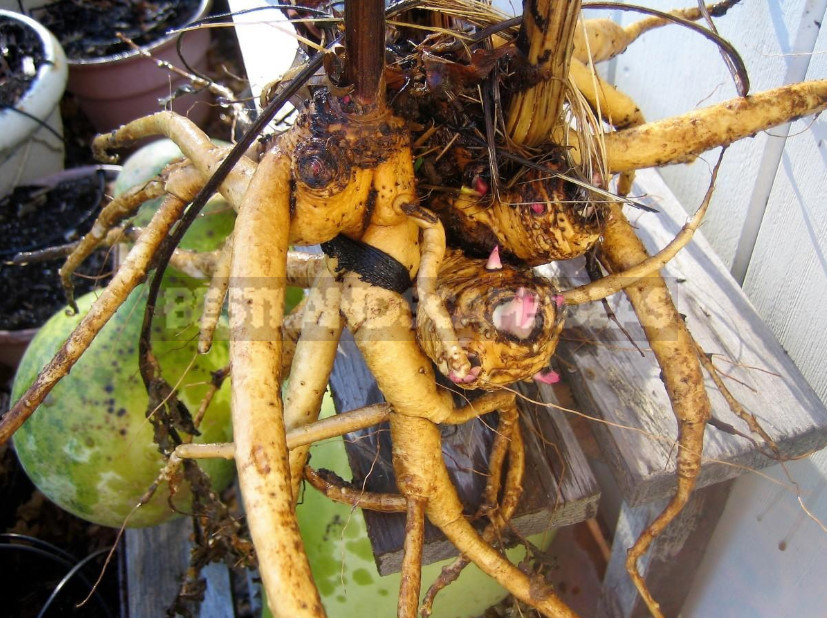
And those who grow on the site in addition to ornamental plants, vegetable and fruit crops, should be considered Inula also as an excellent honey plant. Its inflorescences attract a huge number of butterflies, bees and bumblebees and always turn out to be their favorites: in the General flower garden insects sit on baskets of “yellow”.
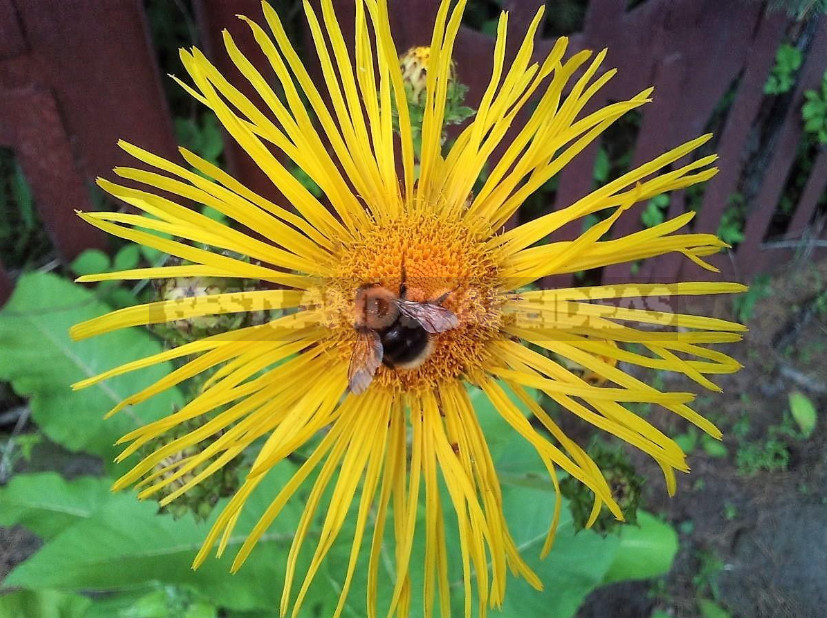
Inula-unpretentious plant and, once planted on the site, will continue to develop without any participation from the gardener. However, if you want to get lush bushes with numerous large inflorescences, this culture is still worth a little attention.
Landing
Inula will develop well in wet places. He will have to like the scattered shade of trees or a place near a fence or structure that will protect it from drafts and part of the day to create a shadow.
This plant prefers the drained and highly fertile soil therefore, preparing under it a bed, it is necessary to take care of sufficient filling with humus or compost. On heavy soils, it is necessary to make sand, rotted sawdust or other loosening materials under digging, and on acid soils — add slaked lime, chalk or wood ash. When autumn planting in the ground added phosphorus-potassium preparations, and if planted in the spring, replace them with a complex fertilizer containing in addition to phosphorus and potassium and nitrogen.
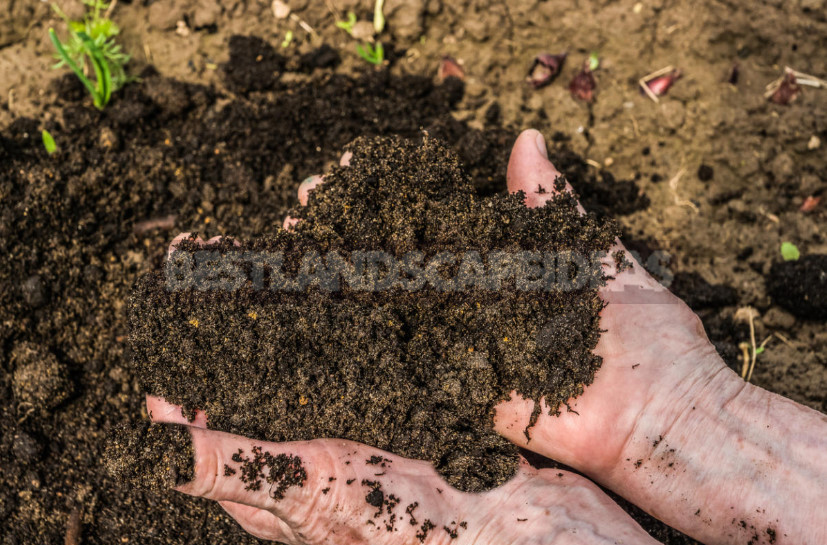
Inula seeds, which are on sale in most horticultural shops, have excellent germination and do not require any special treatments before sowing. They are sown in the winter or spring in the furrows on a pre-prepared bed and sprinkled with a layer of earth 1-2 cm.
In spring planting, provided sufficient soil moisture shoots appear after 10-14 days. When the sprouts reach a height of 4-5 cm, they are thinned, leaving an interval of 10-15 cm between them. after a few weeks, you need to repeat the procedure and give the young bushes Inula more space, leaving between the strongest plants at least 50-60 cm.
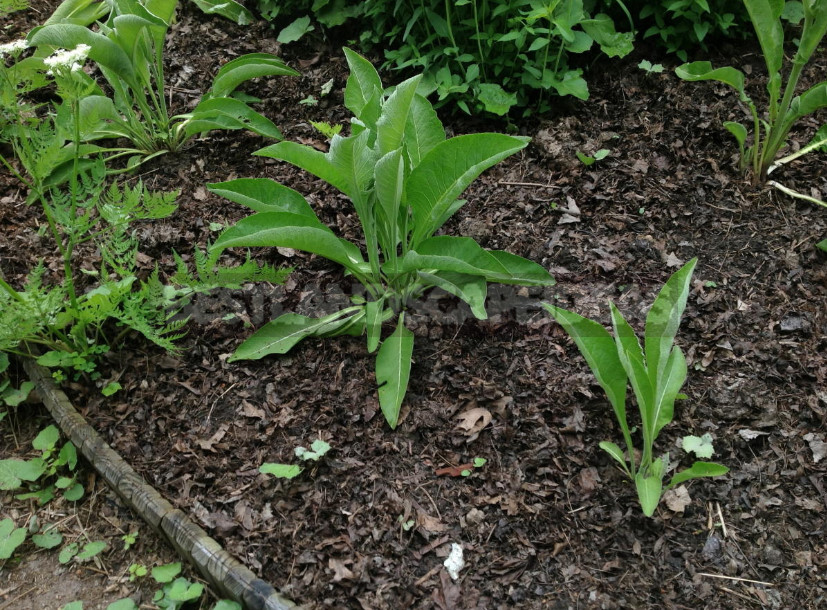
But if you have already grown up-growing shrub with neighbors or friends, you can ask them in the spring divide the roots and plant them out in the garden with 2-3 buds resume. These growths are put in the hole, buried at 5-6 cm, and immediately stand between them an interval of 50-60 cm After that landing should be abundantly watered and mulch.
In the first year after planting, do not wait for the appearance of lush bushes Inula, this season it will form only a rosette of basal leaves with a height of 20-40 cm.but in the second year of life it will appear in all its glory and will delight you with its Sunny inflorescences.
Maintenance
In order to inula during the season increased lush ground part and gave large inflorescences, it should be provided with regular watering. The drought should be watered 2-3 times a week, promazyvaya the soil under a Bush no less than 30-40 cm In a sufficient amount of precipitation in summer can be limited to abundant watering 1 time a week.
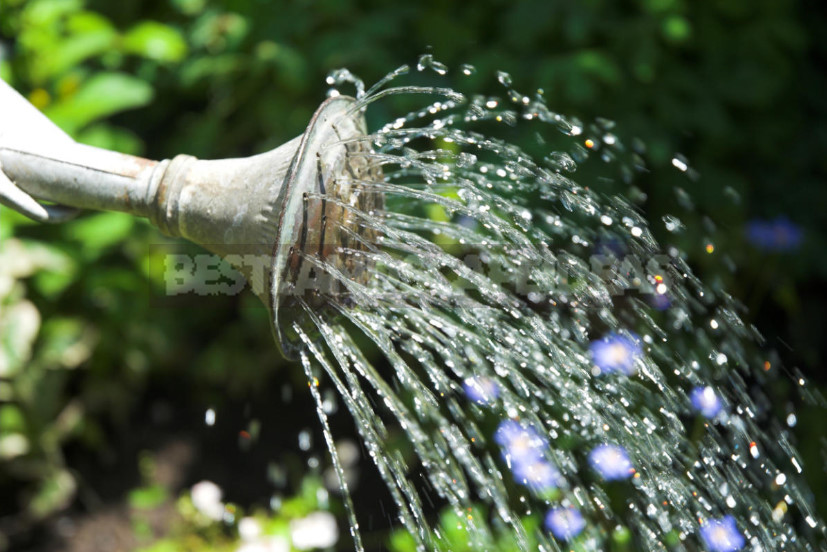
This culture is very responsive to feeding. In the spring of Inula it makes sense to fertilize with a solution of urea, prepared at the rate of 1 tablespoon per 10 liters of water-pour half a bucket of such a mixture under each Bush. And in the summer to spend 1-2 feeding solution of slurry (1: 10) with the addition of 1 tablespoon of any complex mineral fertilizer.
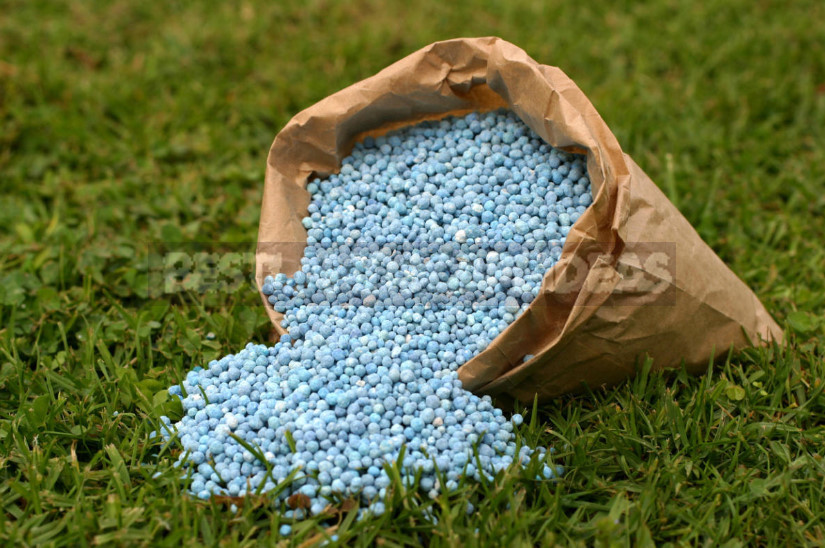
Inula is remarkably resistant to diseases and pests, so it does not require you to take any additional measures to protect it. The maximum that still needs to be done – periodically loosen the soil under the plants and remove weeds, which often themselves die under the pressure of powerful roots and large leaves of this culture.
To maintain decorative during flowering should be periodically cut dried inflorescences. They acquire a brown tint and do not look very attractive, in addition, they give numerous seeds that, when they hit the ground, strongly clog the garden with unnecessary shoots.
If there is a need for reproduction, you can leave one of the largest inflorescence on the Bush and collect seed from it at the end of September or early October. One such basket on an adult 3-4-year-old plant gives several hundred seeds.
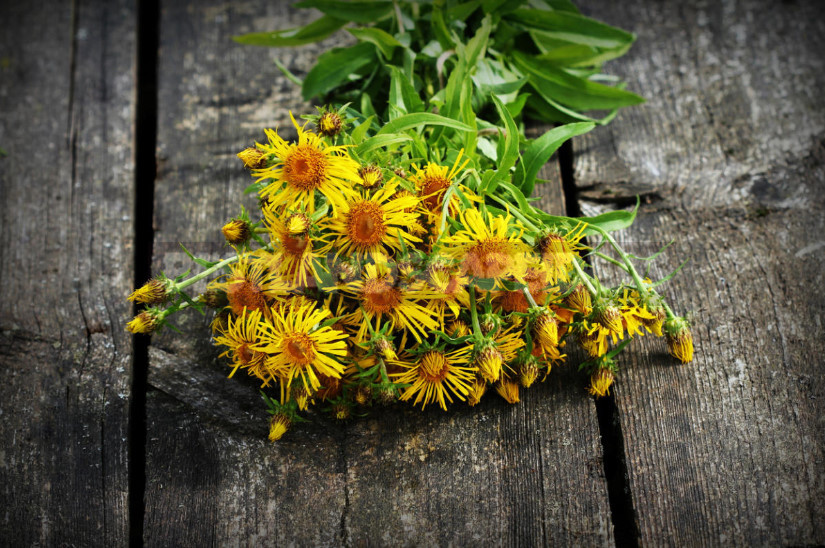
With the onset of cold weather resistant ground part of this culture begins to die, so on the eve of winter cut off all the leaves and stems of the plant – next spring it will increase new shoots. Winter-hardy Inula does not require any shelter for the winter, but in order to increase fertility in autumn it makes sense to mulch the soil with humus or compost.
Views
In the temperate zone of Eurasia and in the vastness of Africa grow a variety of species of Inula. However, as cultivated plants mainly grown above-described inula helenium, which differs from its relatives particularly powerful shoots, as well as Inula magnifica and inula ensifolia.
Inula magnifica also reaches an impressive size – up to 2 m. but in comparison with Inula helenium, this perennial forms large basal leaves oblong-elliptic shape, tapering to the base and attached to the stem with long stalks. Inula magnifica also has solitary or collected in small corymbs of bright yellow blossoms, but they are on longer stems and can reach a diameter of 14-15 cm Flowering this species from July to August.
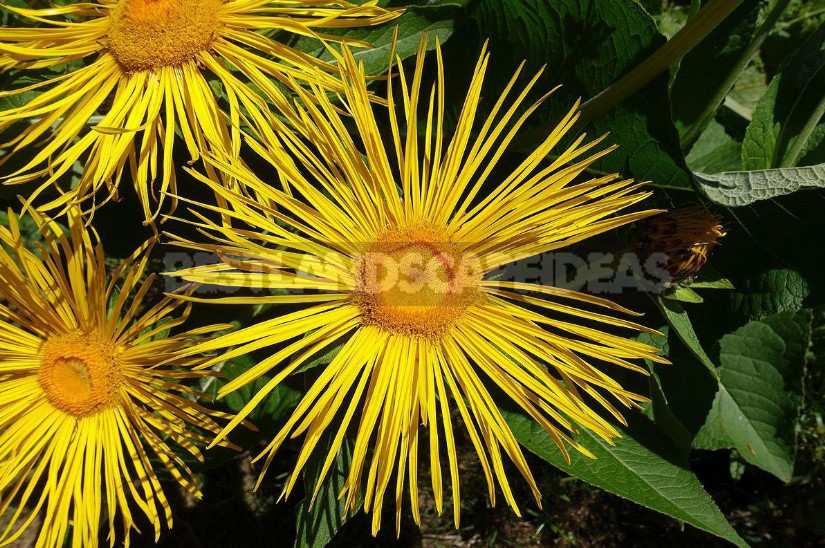
But inula ensifolia will help to make in the flower garden very different compositions, because it has a compact form of the Bush and does not grow above 30-40 cm Bush of this perennial plant consists of numerous herbaceous stems covered with sessile lanceolate leaves 4-6 cm long.
In mid-summer, the plant forms a single inflorescence 3-4 cm in diameter, located at the top of each shoot, causing flowering is more abundant. In addition, the flowering period inula ensifolia longer – from early July to late August.
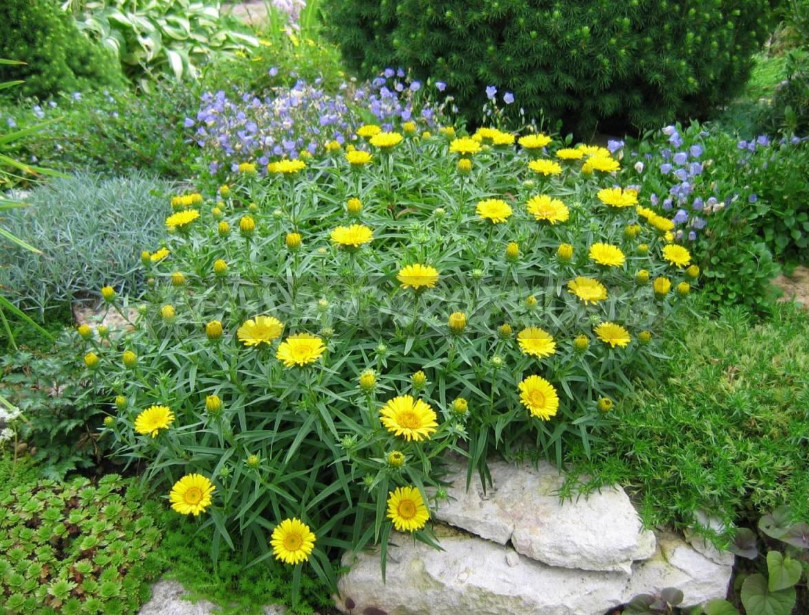
Unpretentious Inula with its bright Golden flowers certainly deserves your attention. Unlike most other flower crops, it does not require special care and will develop perfectly in one place without transplanting and dividing up to 10 years.
